Home>Maintenance & Safety>Safety Equipment & Products>How To Childproof Your Car
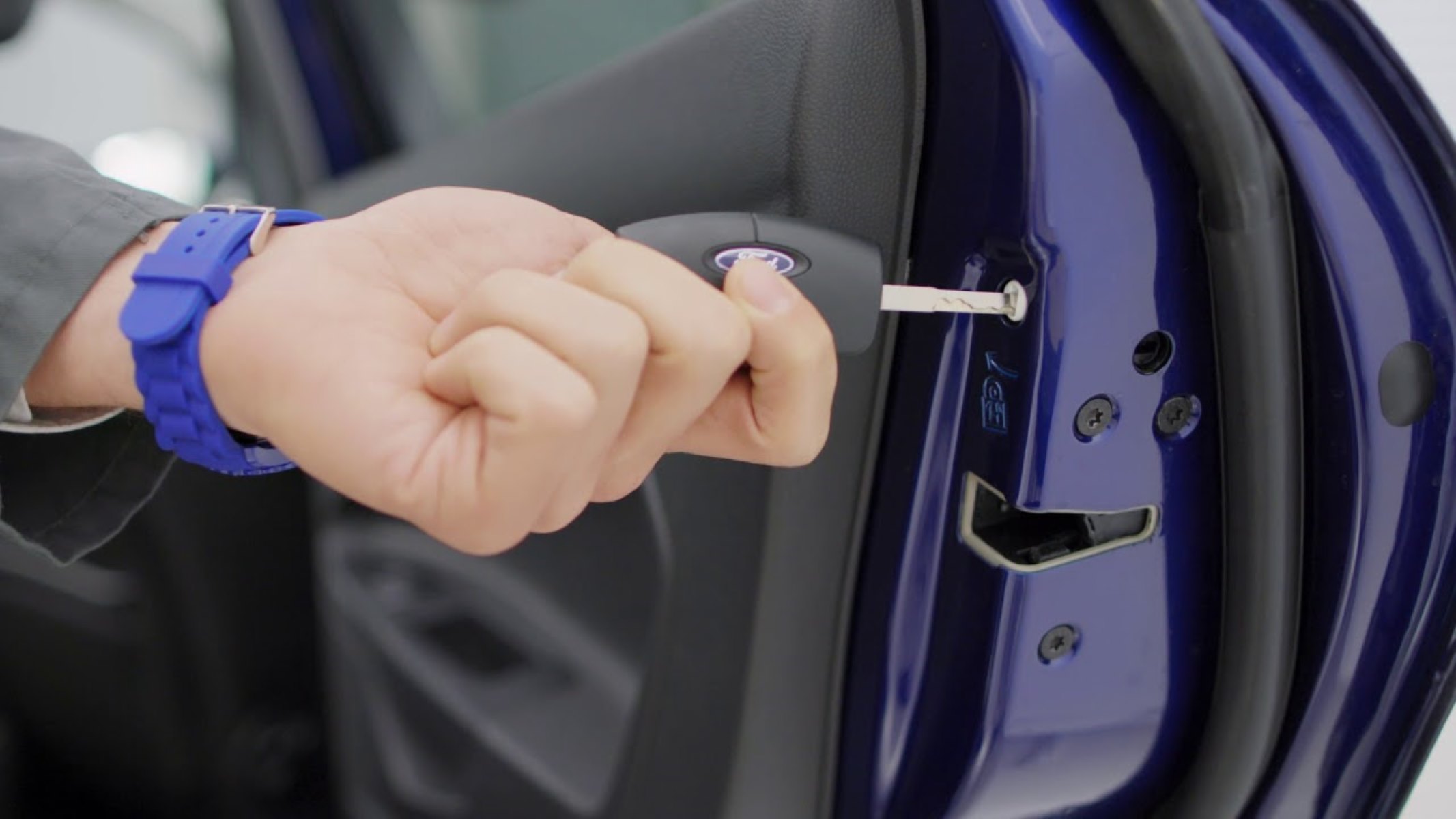

Safety Equipment & Products
How To Childproof Your Car
Modified: January 6, 2024
Discover how to childproof your car with the latest safety equipment and products. Keep your little ones safe and secure on the road.
(Many of the links in this article redirect to a specific reviewed product. Your purchase of these products through affiliate links helps to generate commission for Storables.com, at no extra cost. Learn more)
Introduction
As a parent or guardian, ensuring the safety of your child is a top priority, especially when it comes to traveling in a vehicle. Childproofing your car is essential to protect your little ones from potential hazards and accidents on the road. From choosing the right car seat to securing loose items, there are several measures you can take to create a safe and secure environment for your child while on the go. In this comprehensive guide, we will explore the essential steps to childproofing your car, providing you with the knowledge and tools to safeguard your precious passengers. Let's delve into the details of each crucial aspect in order to create a secure and comfortable travel experience for both you and your child.
Key Takeaways:
- Choose the right car seat based on your child’s age, weight, and height to provide optimal protection and comfort during car journeys. Proper installation is crucial for ensuring the seat is securely anchored and adjusted to fit your child snugly.
- Keep emergency supplies handy in your car, including a first aid kit, emergency contact information, reflective warning triangles, blankets, snacks, and water. Being prepared for unexpected situations enhances your ability to ensure the safety and well-being of your child and other passengers.
Read more: How To Childproof Your Macbook
Choosing the Right Car Seat
When it comes to ensuring the safety of your child in a vehicle, selecting the appropriate car seat is paramount. The right car seat will provide optimal protection and comfort for your child based on their age, weight, and height. There are several types of car seats to consider, each designed for specific stages of a child’s development.
1. Infant Car Seats: These rear-facing seats are suitable for newborns and young infants. They provide crucial support for a baby’s delicate neck and spine and often come with a detachable carrier, allowing for easy transport of the baby without disturbing their sleep.
2. Convertible Car Seats: Designed to accommodate children as they grow, convertible car seats can be positioned in both rear-facing and forward-facing modes. This versatility allows for extended use as your child transitions from infancy to toddlerhood.
3. Booster Seats: As children outgrow their forward-facing car seats, booster seats provide the necessary elevation for the seat belt to fit properly. These seats help ensure that the seat belt rests across the strongest parts of a child’s body, providing essential protection in the event of a collision.
When selecting a car seat, it is vital to consider factors such as safety ratings, ease of installation, and the specific requirements for your child’s age and size. Always opt for car seats that meet or exceed safety standards set by regulatory organizations. Additionally, ensure that the car seat fits securely in your vehicle and can be installed and adjusted with ease.
By choosing the right car seat for your child’s stage of development, you can significantly enhance their safety and comfort during car journeys, providing you with peace of mind as you travel together.
Installing a Car Seat Properly
Proper installation of a car seat is crucial to ensure its effectiveness in protecting your child during travel. Improperly installed car seats can pose significant risks in the event of a collision or sudden braking. To ensure the optimal safety of your child, follow these essential steps for installing a car seat properly:
1. Read the Manual: Before attempting to install a car seat, carefully read the manufacturer’s instructions provided in the manual. Familiarize yourself with the specific requirements and guidelines for installing the seat in your vehicle.
2. Positioning: For rear-facing car seats, ensure that the seat is installed at the correct angle to support your child’s head and neck. Follow the guidelines provided by the car seat manufacturer to determine the appropriate angle for installation. For forward-facing seats, make sure the seat is secured in an upright position, with the tether anchor utilized according to the manufacturer’s instructions.
3. Secure Attachment: Use the vehicle’s seat belt or LATCH (Lower Anchors and Tethers for Children) system to secure the car seat. Follow the specific instructions for your car seat and vehicle to ensure a tight and secure attachment. Test the installation by applying firm pressure to the seat from different angles to check for any excessive movement.
4. Harness Adjustment: Properly adjust the harness straps to fit snugly around your child. For rear-facing seats, the harness straps should be positioned at or below shoulder level, while for forward-facing seats, they should be at or above shoulder level. The harness should be tight enough to pass the pinch test, where you should not be able to pinch any excess webbing at the child’s shoulder.
5. Final Checks: Once the car seat is installed, perform a final inspection to ensure that it is securely positioned and that the harness is correctly fastened. Double-check all connections and attachments to guarantee that the car seat is firmly in place and ready for use.
By following these steps and carefully adhering to the manufacturer’s instructions, you can install your child’s car seat with confidence, knowing that you have taken the necessary measures to provide them with a safe and secure travel environment.
Securing Loose Items
When childproofing your car, it’s essential to address not only the safety of your child but also the potential hazards posed by loose items within the vehicle. Unsecured objects can become dangerous projectiles in the event of sudden stops or collisions, posing a significant risk to both passengers and especially to children. Here are some effective strategies for securing loose items in your car:
1. Trunk Organizers: Utilize trunk organizers or storage bins to keep loose items such as groceries, sports equipment, and tools securely in place. These organizers prevent items from shifting during travel, reducing the risk of them becoming hazardous projectiles in the event of sudden braking or impact.
2. Cargo Nets and Tie-Downs: Install cargo nets or utilize tie-downs to secure larger items in the trunk or cargo area of your vehicle. This prevents objects from sliding or shifting during travel, maintaining a safe and stable environment within the car.
3. Seatback Organizers: Consider using seatback organizers to store children’s toys, books, and other essentials. These organizers keep items neatly contained and prevent them from falling onto the seats or floor, reducing potential distractions and hazards during the journey.
4. Secure Child Safety Seats: Ensure that child safety seats are properly secured and anchored according to the manufacturer’s instructions. This prevents the seats from shifting or becoming dislodged during travel, maintaining a stable and secure environment for your child.
5. Secure Electronic Devices: If using electronic devices such as tablets or laptops during travel, make sure they are securely mounted or stored to prevent them from becoming dangerous projectiles in the event of sudden stops or collisions.
By taking proactive measures to secure loose items within your vehicle, you can significantly reduce the risk of potential hazards and create a safer environment for both you and your child during car journeys. These simple yet effective strategies contribute to a more secure and comfortable travel experience for the entire family.
When childproofing your car, make sure to secure all loose items, such as toys or groceries, to prevent them from becoming projectiles in the event of a sudden stop or crash.
Blocking Access to Hazardous Areas
Preventing access to hazardous areas within your vehicle is a critical aspect of childproofing. By creating barriers and implementing safety measures, you can minimize the risk of children coming into contact with potentially dangerous areas or objects. Here are effective strategies for blocking access to hazardous areas in your car:
1. Child Safety Locks: Utilize the child safety locks on rear doors to prevent children from opening doors from the inside. This ensures that children cannot exit the vehicle unsupervised and reduces the risk of them opening doors while the vehicle is in motion.
2. Window Locks: Engage the window locks to prevent children from operating power windows, reducing the risk of injury or entrapment. Educate children about the potential dangers of playing with or leaning on windows to further enhance safety.
3. Seatbelt Safety: Ensure that children are securely fastened in their seats and that they do not have access to unbuckled seat belts, which can pose a strangulation hazard. Educate children about the importance of wearing seat belts and the potential dangers of playing with them.
4. Secure Hazardous Materials: Store potentially hazardous materials such as cleaning supplies, medications, and sharp objects in locked compartments or containers that are out of reach of children. This prevents accidental exposure to dangerous substances and minimizes the risk of injuries.
5. Car Seat Placement: Position car seats in the rear of the vehicle, away from airbags, to ensure optimal safety for young children. Follow the manufacturer’s guidelines for car seat installation and placement to provide the highest level of protection.
6. Educational Measures: Educate children about the importance of car safety and the potential hazards within the vehicle. Teach them about the purpose of safety features and the importance of following guidelines to ensure their well-being during travel.
By implementing these measures, you can effectively block access to hazardous areas within your vehicle, minimizing the risk of accidents and injuries. Creating a safe and secure environment for children in the car fosters peace of mind and allows for worry-free travel experiences for the entire family.
Read more: How To Childproof Your Phone
Keeping Emergency Supplies Handy
Being prepared for unexpected situations while on the road is essential for ensuring the safety and well-being of your child. By keeping emergency supplies readily accessible in your car, you can effectively address unforeseen circumstances and provide immediate assistance when needed. Here are essential emergency supplies to keep handy in your vehicle:
1. First Aid Kit: A well-equipped first aid kit is indispensable for addressing minor injuries and providing immediate care in the event of accidents or mishaps. Ensure that the first aid kit includes bandages, antiseptic ointment, gauze pads, adhesive tape, and other essential medical supplies.
2. Emergency Contact Information: Keep a list of emergency contact numbers, including those of family members, healthcare providers, and roadside assistance services. This information should be easily accessible in case of emergencies.
3. Reflective Warning Triangles: Reflective warning triangles are essential for alerting other drivers in the event of a roadside emergency or breakdown. These triangles enhance visibility and safety, reducing the risk of accidents or collisions.
4. Blankets and Extra Clothing: Storing blankets and spare clothing in the car can provide warmth and comfort in the event of unexpected delays or emergencies, especially during colder weather.
5. Non-Perishable Snacks and Water: Keep non-perishable snacks such as granola bars and crackers, as well as bottles of water, to address hunger and thirst during unexpected stops or delays. These supplies are especially important when traveling with children.
6. Flashlight and Batteries: A reliable flashlight and extra batteries are essential for providing illumination during nighttime emergencies or when visibility is limited.
7. Basic Tools and Supplies: Carry basic tools such as a tire iron, jack, and jumper cables to address minor vehicle-related issues. Additionally, consider including a multi-tool or Swiss army knife for versatile functionality.
By keeping these emergency supplies readily available in your car, you can effectively address unforeseen situations and provide essential care and assistance to your child and other passengers. Preparedness is key to ensuring the safety and well-being of your family while traveling, allowing you to navigate unexpected challenges with confidence and peace of mind.
Conclusion
Childproofing your car is a fundamental aspect of ensuring the safety and well-being of your child during travel. By implementing the essential measures outlined in this guide, you can create a secure and comfortable environment for your child while on the road. From selecting the right car seat to keeping emergency supplies handy, each step plays a vital role in safeguarding your precious passengers.
Choosing the appropriate car seat based on your child’s age, weight, and height is the first crucial step in providing optimal protection. Proper installation of the car seat is equally important, ensuring that it is securely anchored and adjusted to fit your child snugly. Additionally, securing loose items within the vehicle and blocking access to hazardous areas minimizes potential risks and distractions during travel.
By keeping emergency supplies readily accessible, you can effectively address unforeseen situations and provide immediate care and assistance when needed. Being prepared for unexpected events enhances your ability to navigate challenges and ensures the safety and well-being of your child and other passengers.
Ultimately, childproofing your car is a proactive and essential endeavor that empowers you to create a safe and secure travel environment for your family. By incorporating these measures into your car safety routine, you can embark on journeys with confidence, knowing that you have taken the necessary steps to protect your child and provide them with a worry-free and enjoyable travel experience.
Remember, the safety of your child is paramount, and by prioritizing their well-being through effective childproofing measures, you can embark on memorable adventures with peace of mind, knowing that your little ones are protected every step of the way.
Frequently Asked Questions about How To Childproof Your Car
Was this page helpful?
At Storables.com, we guarantee accurate and reliable information. Our content, validated by Expert Board Contributors, is crafted following stringent Editorial Policies. We're committed to providing you with well-researched, expert-backed insights for all your informational needs.
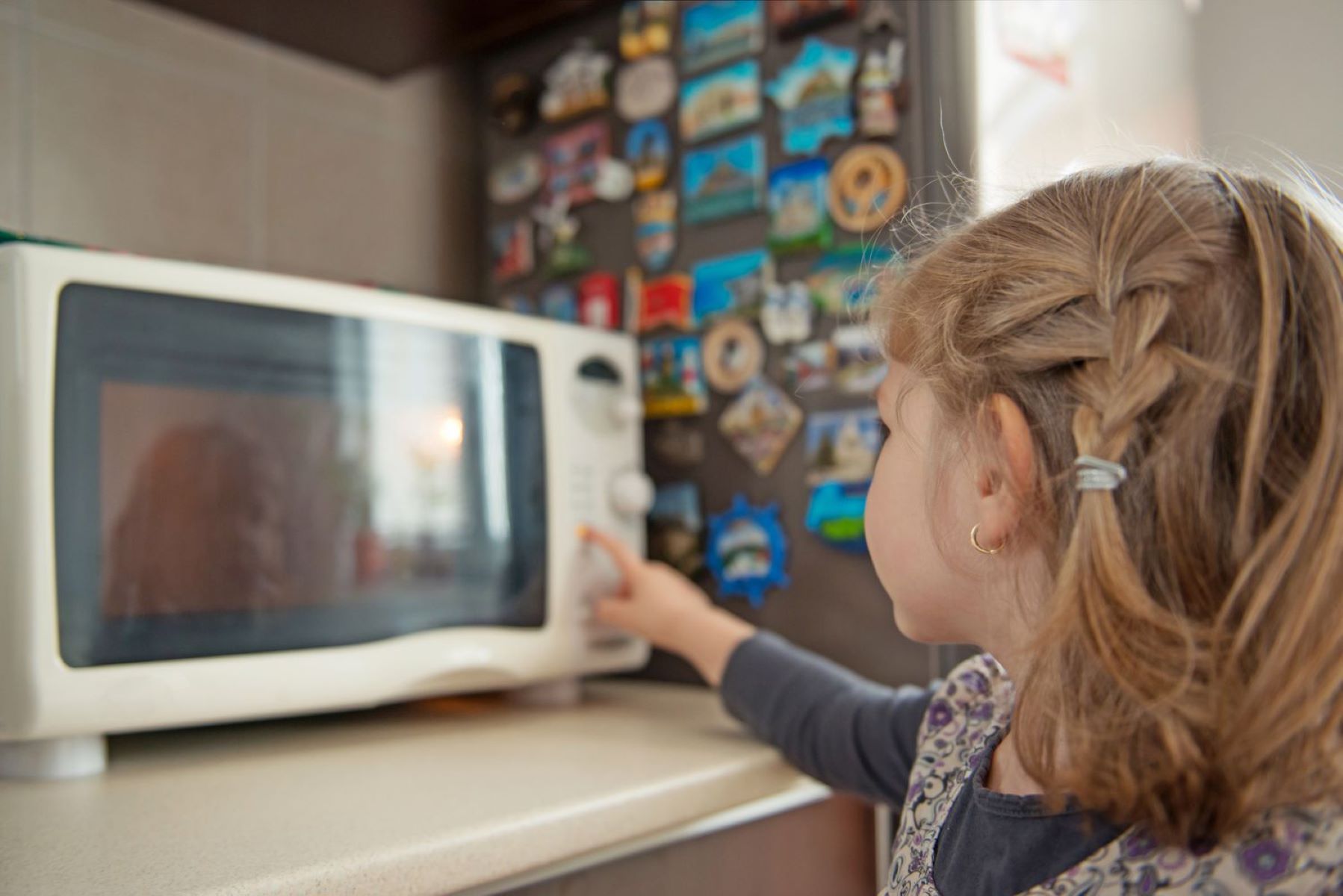
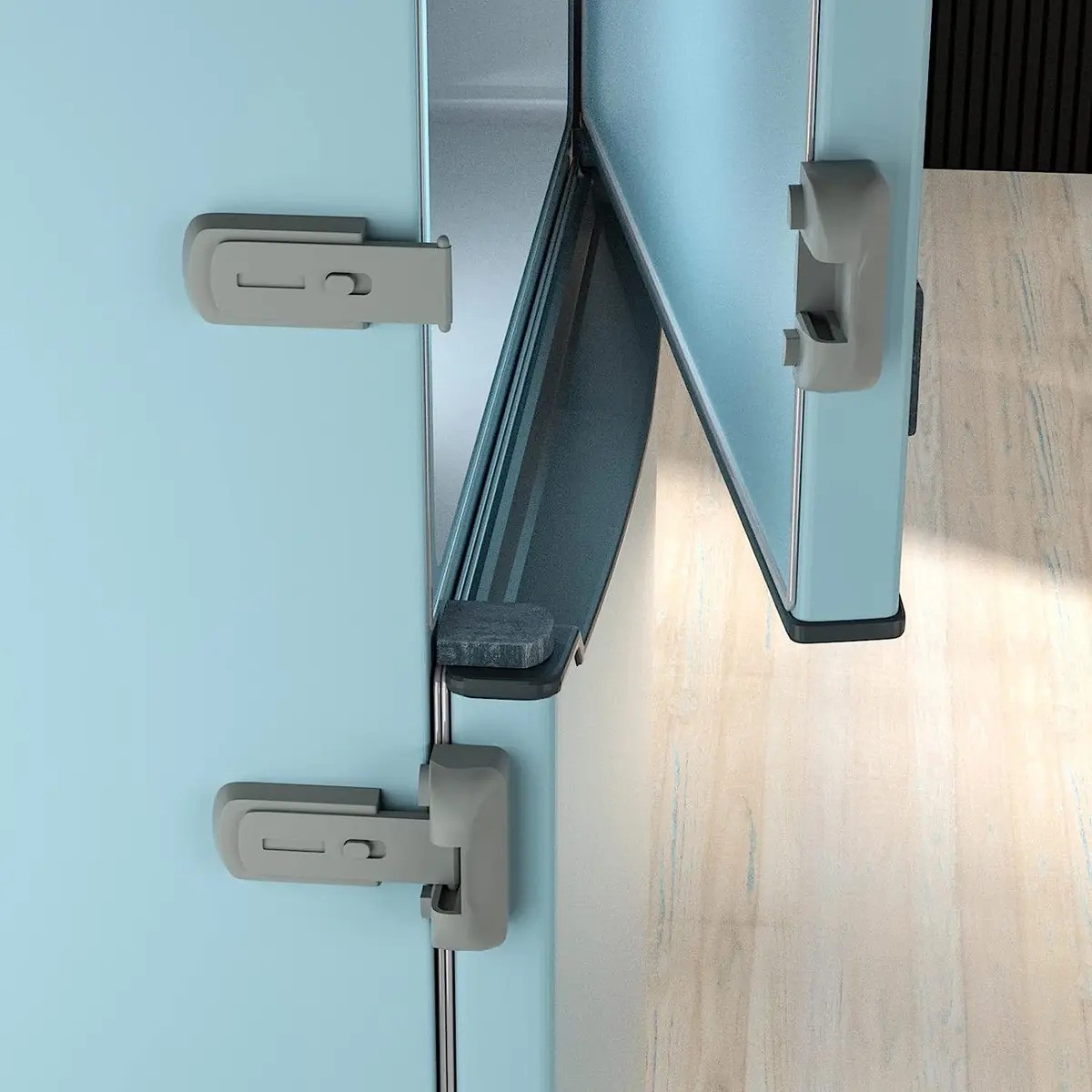
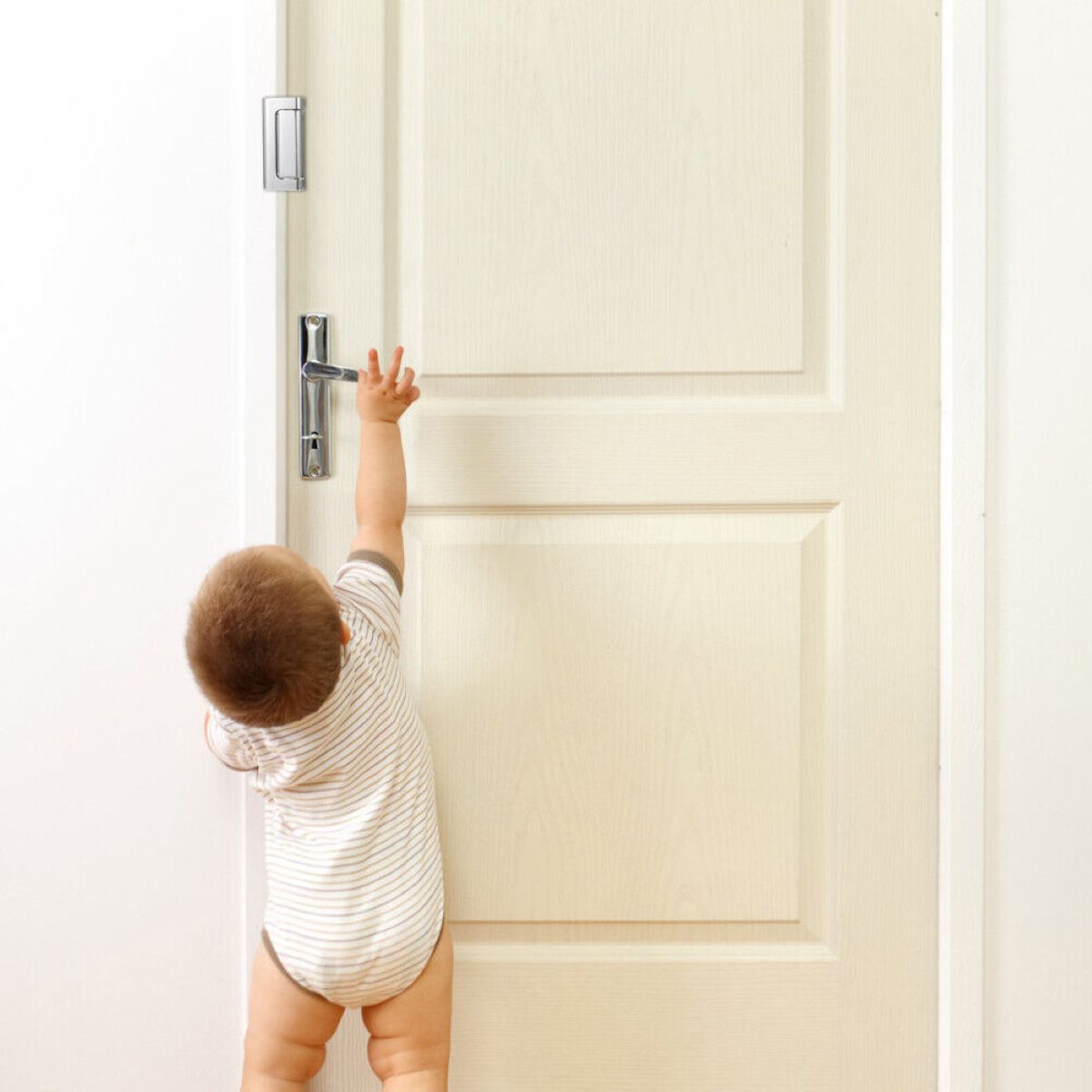
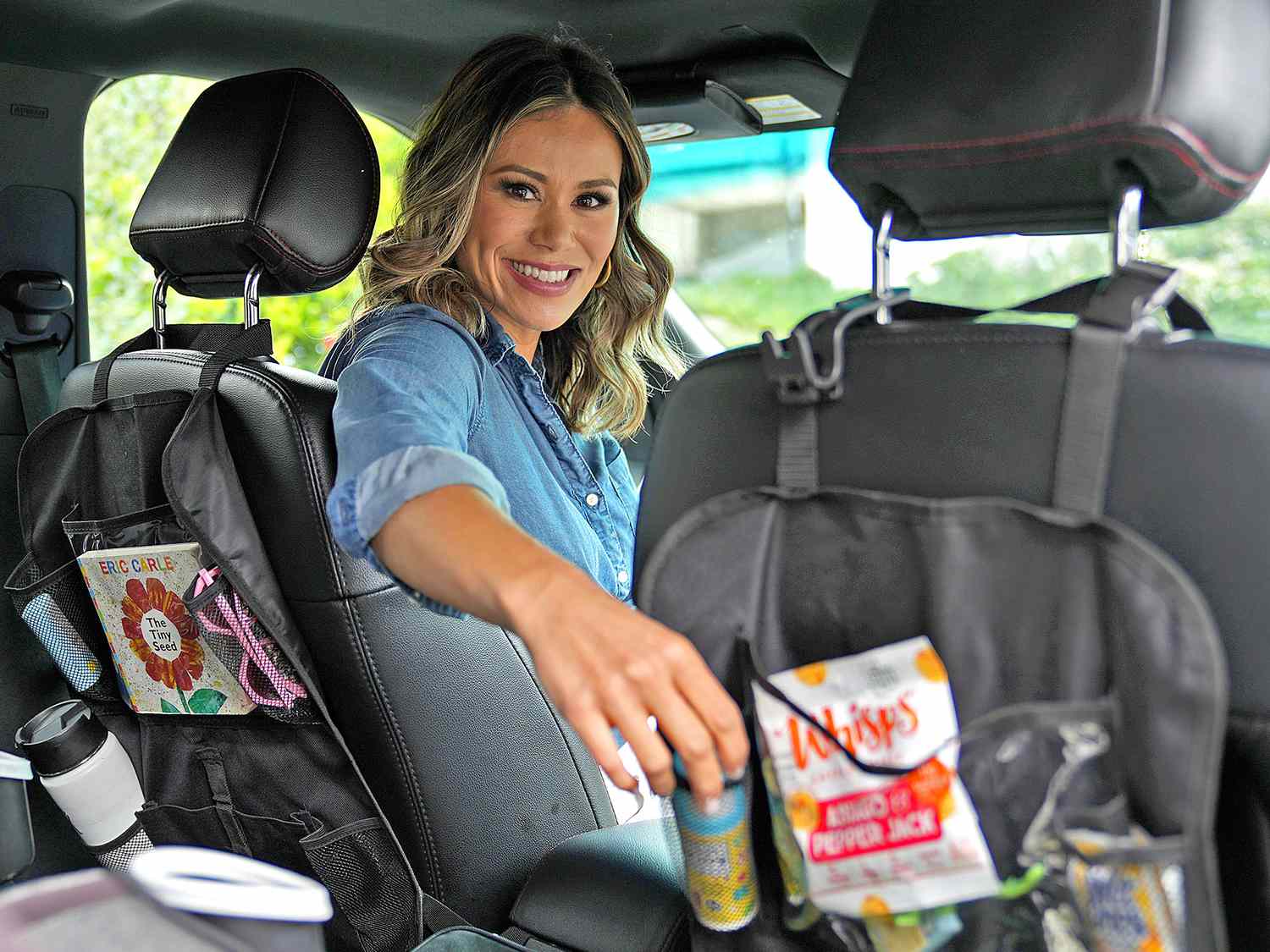
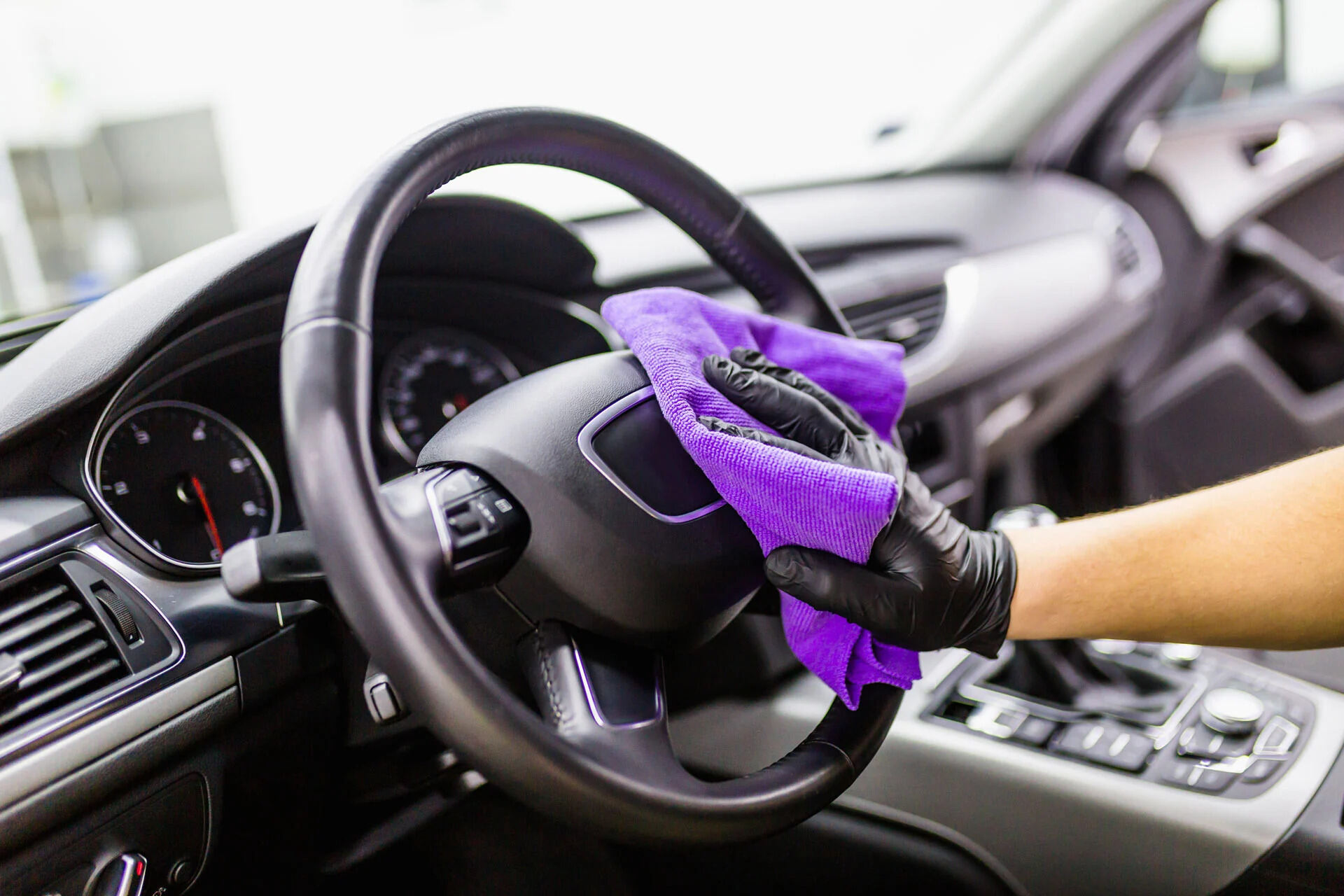
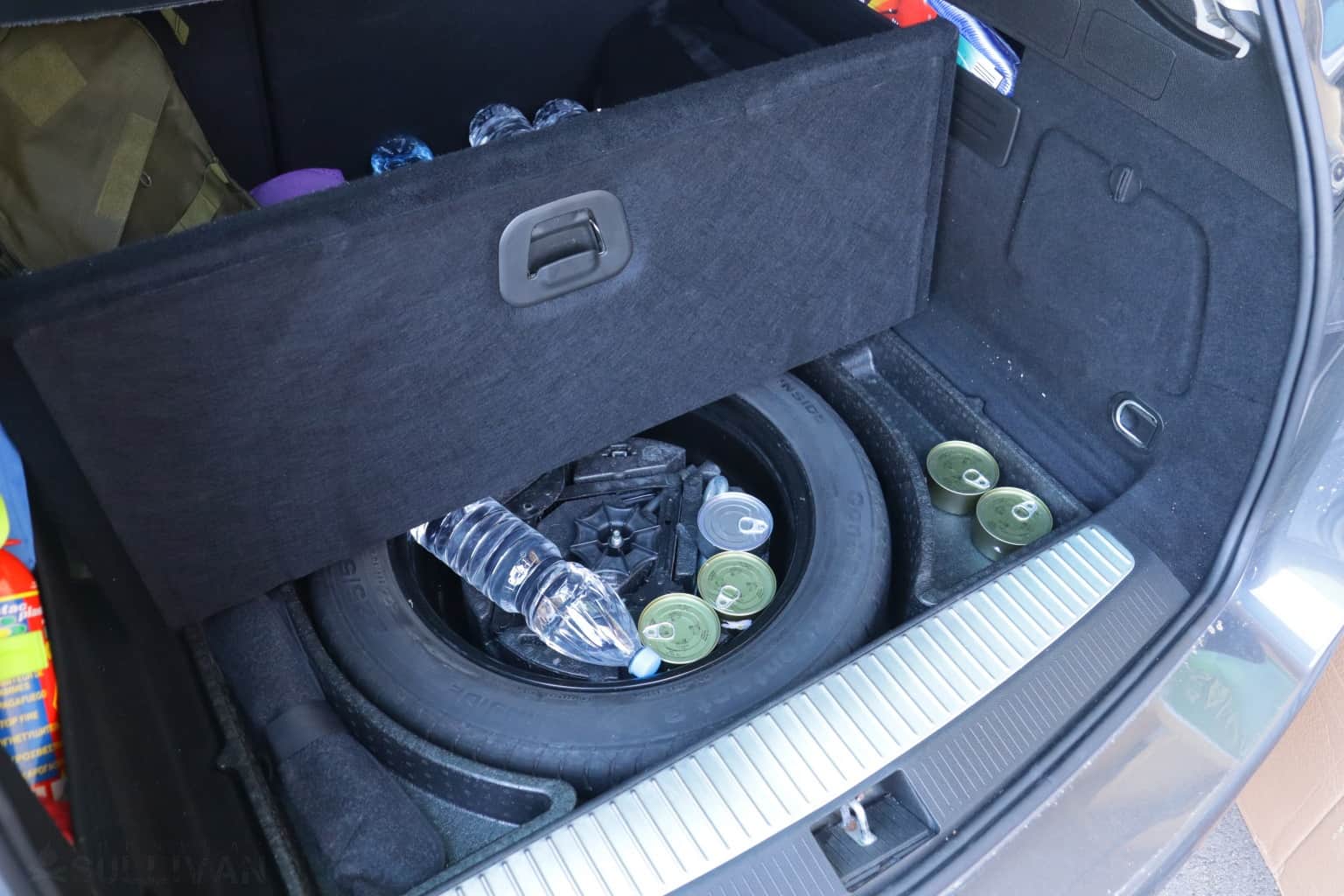


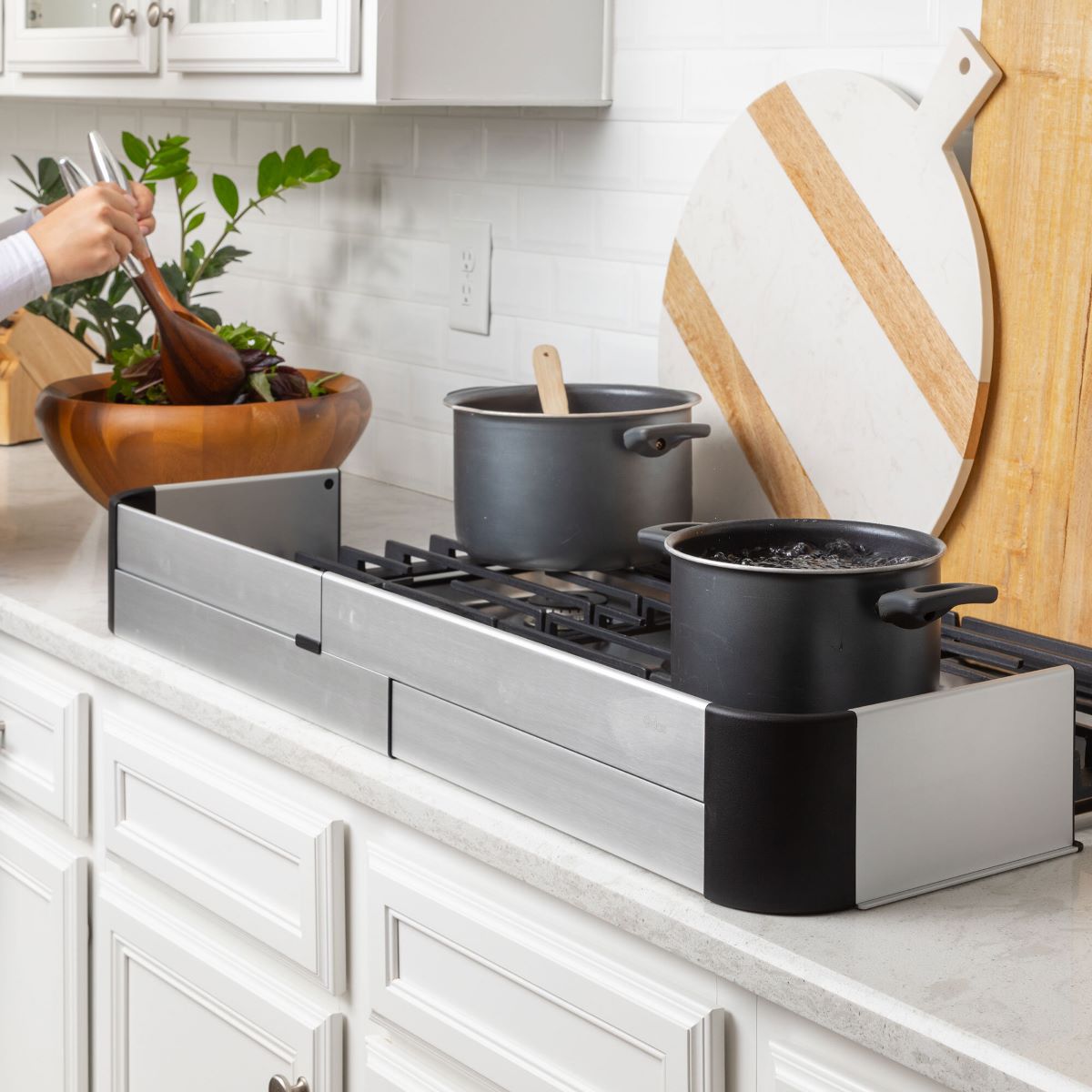
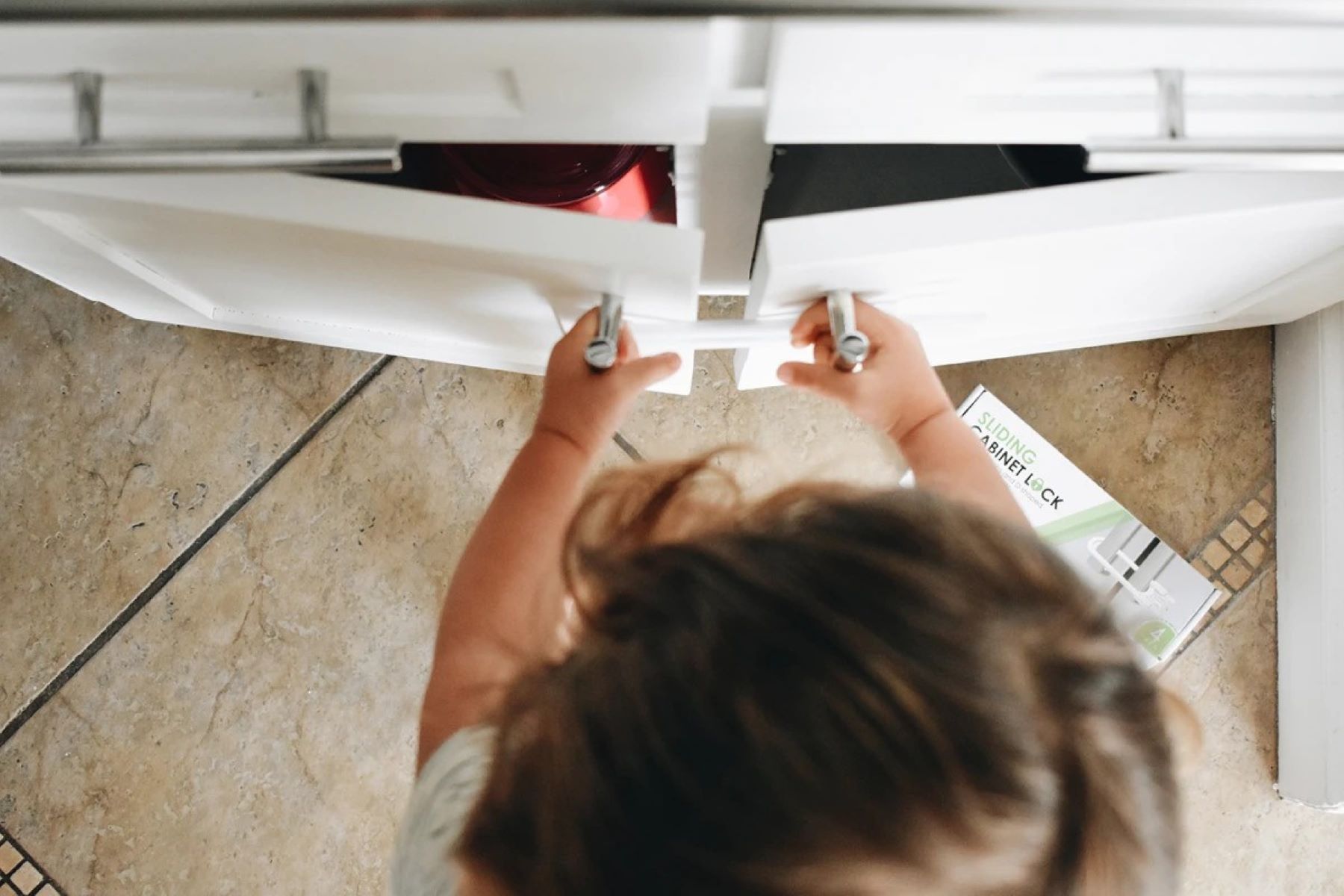

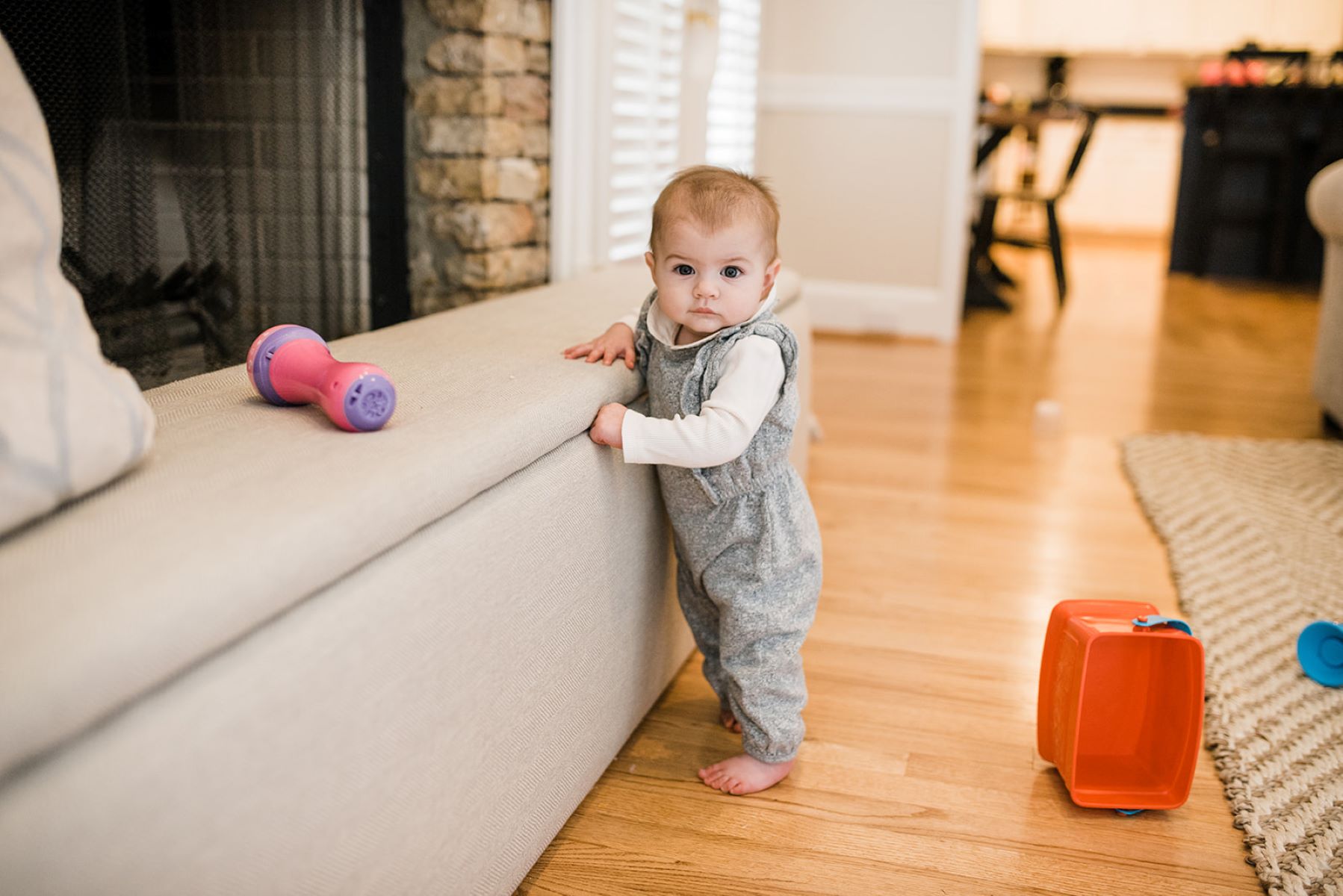

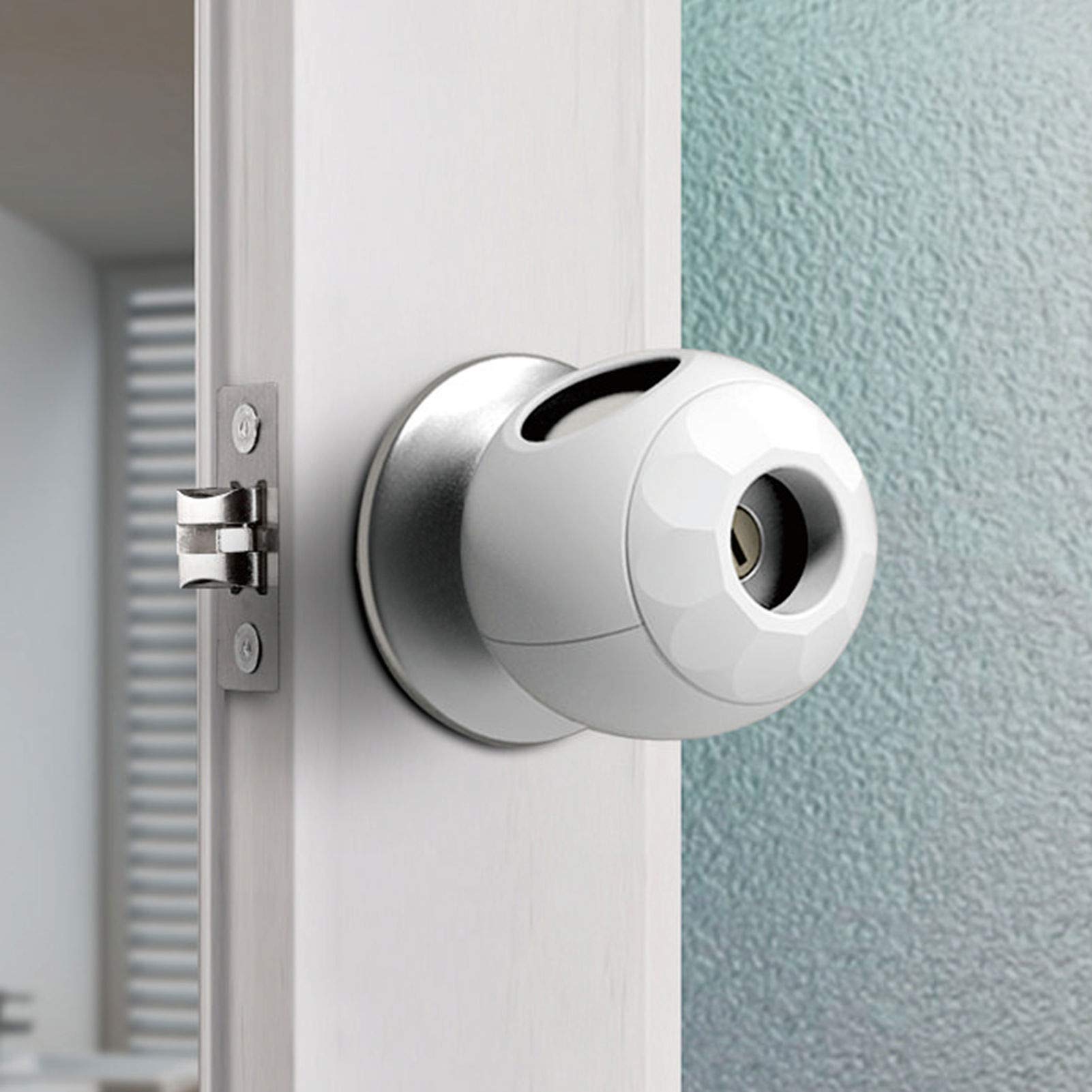

0 thoughts on “How To Childproof Your Car”